Written by Allysson Joyce, edited by Yon Syafni Samat.
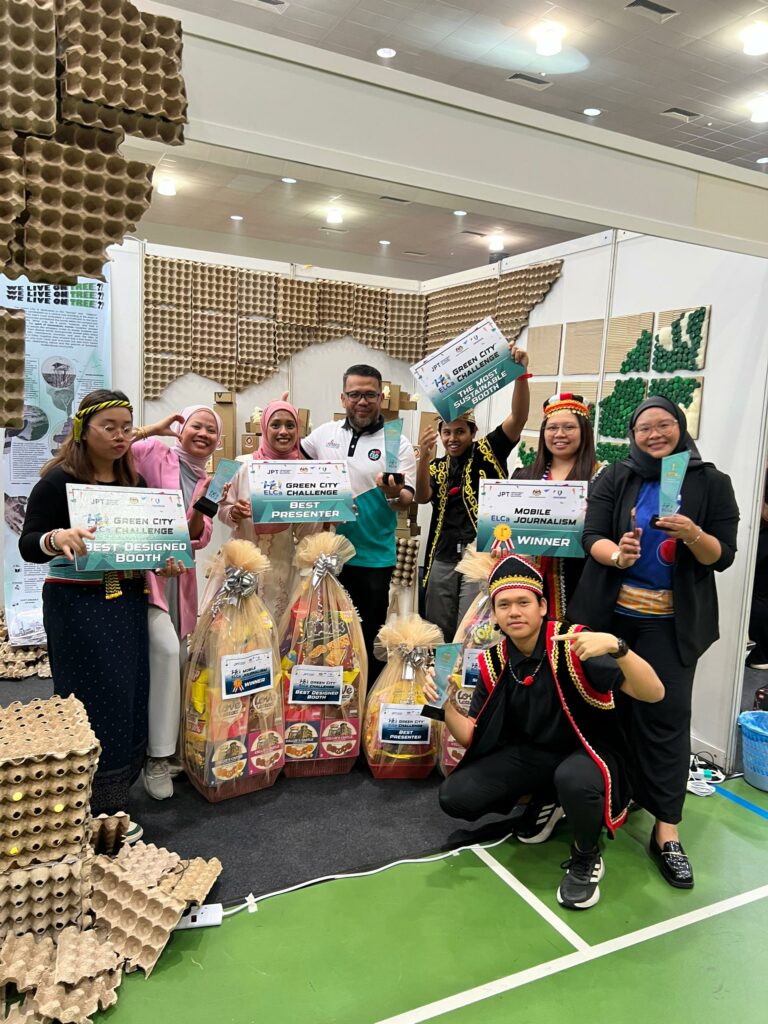
The Bold Collaboration
For years, the Faculty of Education, Language, and Communication (FELC) took on the Higher Education English Learning Carnival (HE ELCa) alone—but 2024 was different. FELC teamed up with the Faculty of Built Environment (FBE) for the Green City Challenge at Universiti Malaysia Pahang Al-Sultan Abdullah (UMPSA), Gambang, from November 7–10.
The team was managed by Madam Dayang Hartijah Abang Ahmad from FELC, with Madam Yon Syafni Samat from the Architecture Department, FBE, serving as the design advisor. Led by Muhammad Ismar Irfan bin Ishak, from Year 2 B.Sc. (Honours) Architecture program, the design team comprised three other Architecture students; Amir Azri bin Ahmad Zaki, Jane Pauline Anak Herold and Allysson Joyce Raymond, and Izza Natasya Mohd Yusof from FELC’s Strategic Communication program. Izza served as the presenter, showcasing our ideas, concepts, and design processes to the judges and audience. The task: to design a 3m x 3m x 3m booth embodying sustainable urban living, using recycled materials while showcasing UNIMAS’s identity.
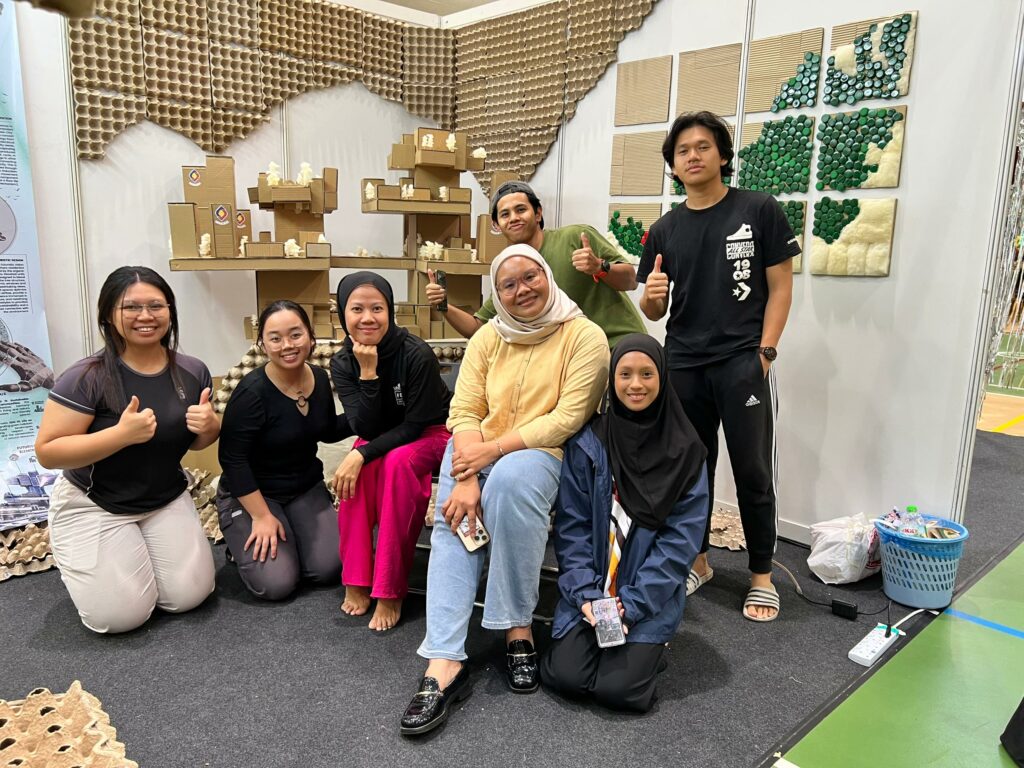
Turning a Stereotype into a Statement
The idea was simple yet daring: “We Live on Trees!”—a cheeky nod to a common stereotype about Sarawakians. But we didn’t stop there. We turned it into a powerful statement about living in harmony with nature.
The booth design symbolized Sarawak’s unique balance between its lush forests and forward-looking urban development. Using recycled materials—egg crates, bottle caps, packaging boxes, and cardboard (all sourced from UNIMAS Student Pavilion cafes)—we constructed a canopy-like booth that felt alive. Plants wove through the structure, creating a miniature green city where buildings breathe with nature.

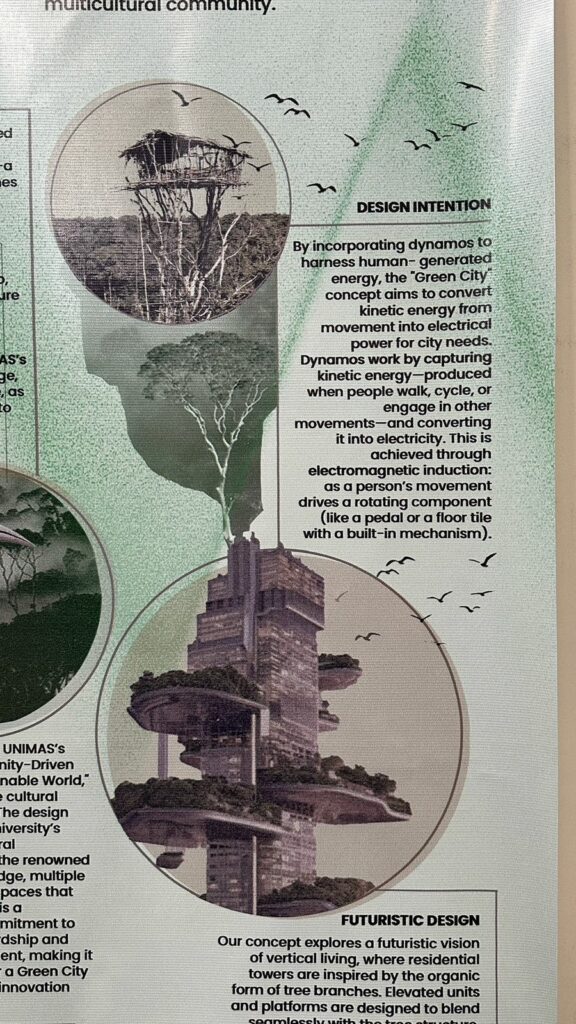
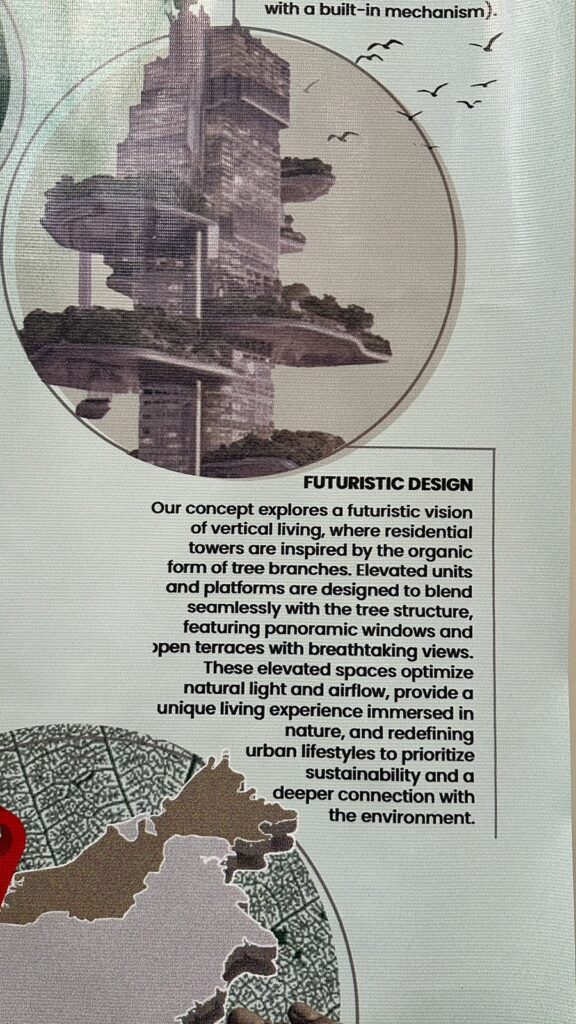
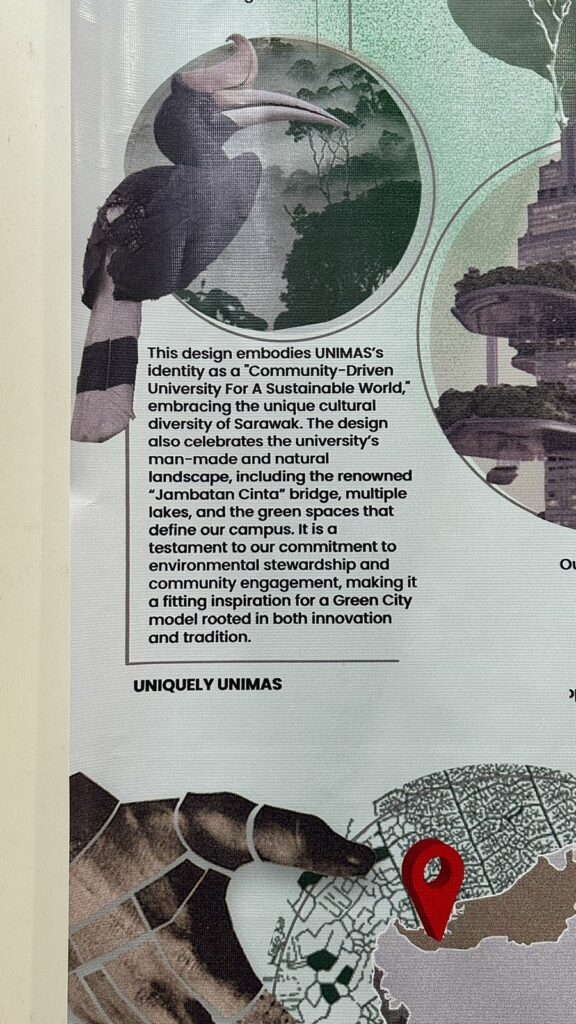
To make the experience immersive, we added soundscapes of the forest and natural textures, inviting visitors to step into Sarawak’s green future. Our design wasn’t just a booth; it was an experience—a metaphor for a sustainable, tree-filled urban dream.
The Chaos of Preparation
As we represented UNIMAS at the competition, we carried with us the spirit and camaraderie of our entire studio batch. Despite being pressed for time with our site analysis presentation deadline, our Archnificent batch came together to assemble the vertical city design. They helped us cut boxes, gather sponges for the Sarawak map, spray bottle caps, design posters, and kept our morale high throughout the process. Their collective efforts were embedded in every aspect of our final design. When we packed everything to be transported to Peninsular Malaysia, it felt like we weren’t just bringing a booth—we were bringing the unity and heart of our studio with us.
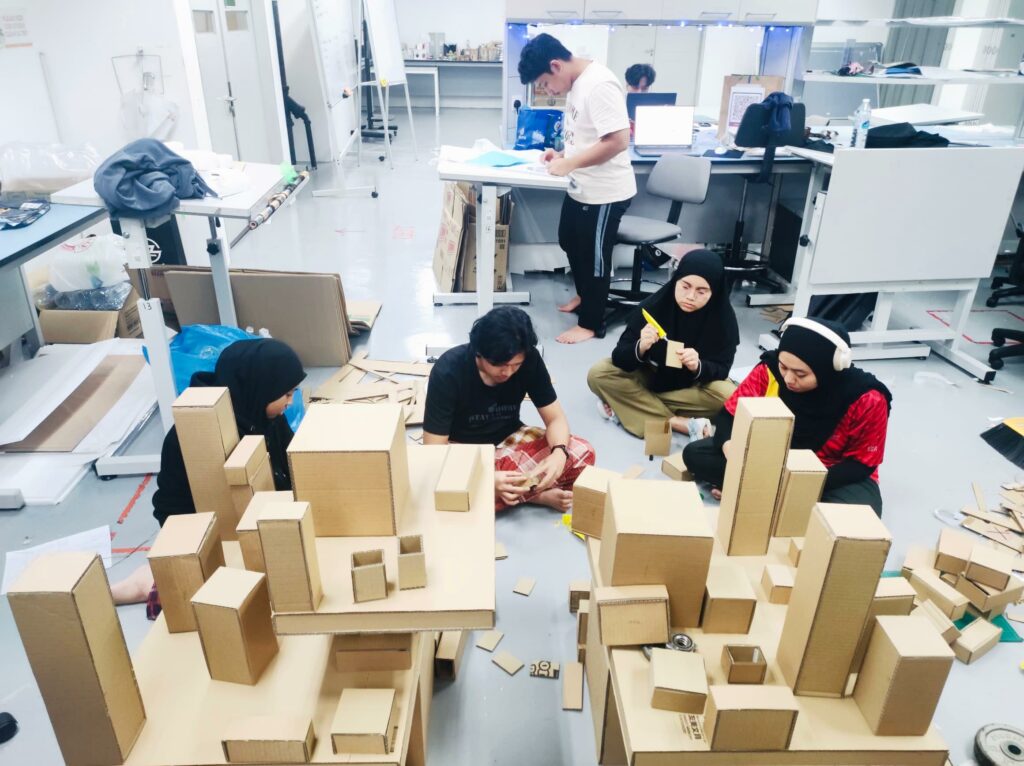
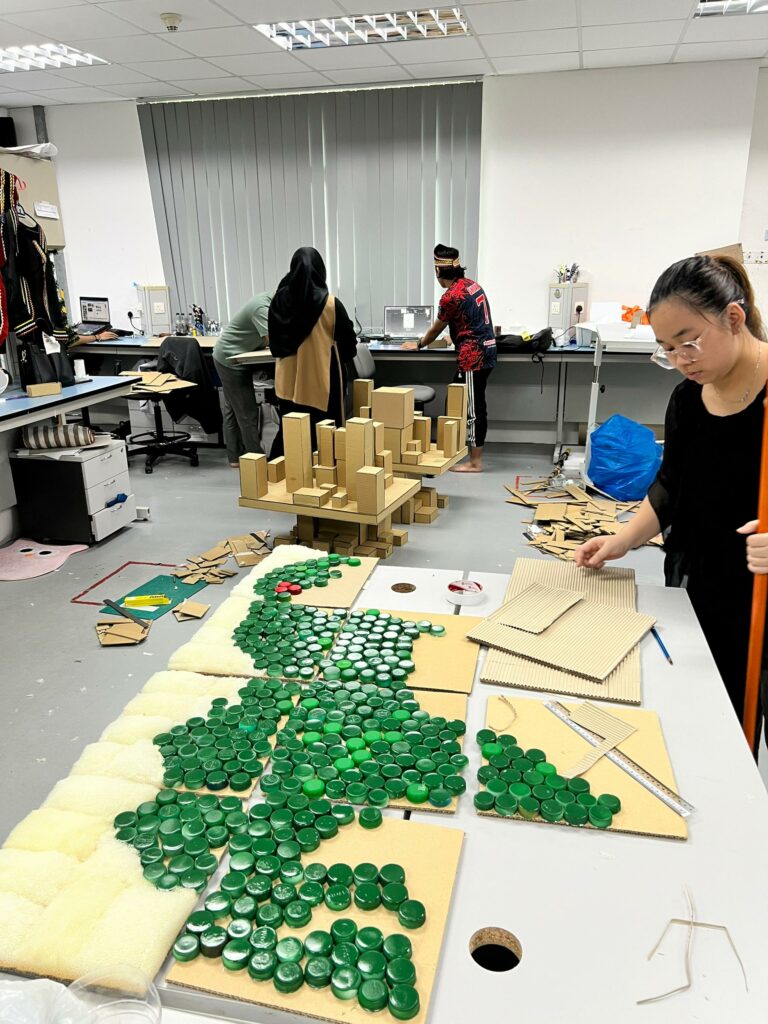
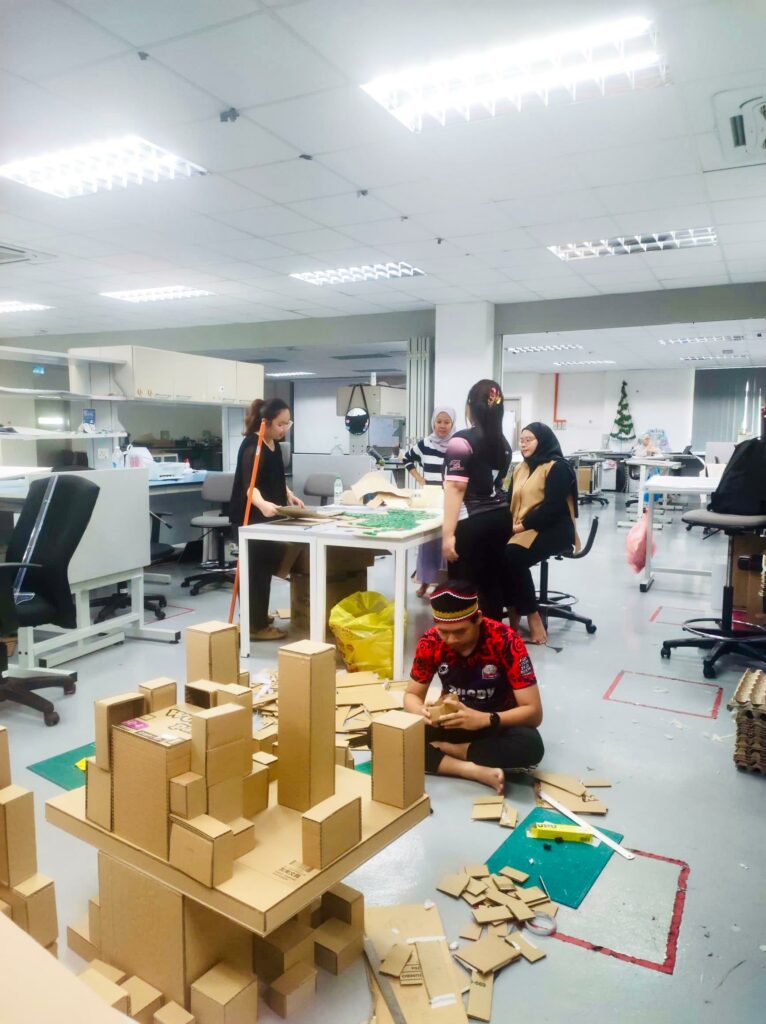
Transporting our materials all the way from Sarawak was a logistical challenge, but we made it work using IKEA-style flat-packed packaging and a Russian doll concept to nest smaller boxes inside larger ones. Upon arrival, it took us 10 hours to assemble the booth while Izza perfected her presentation scripts.

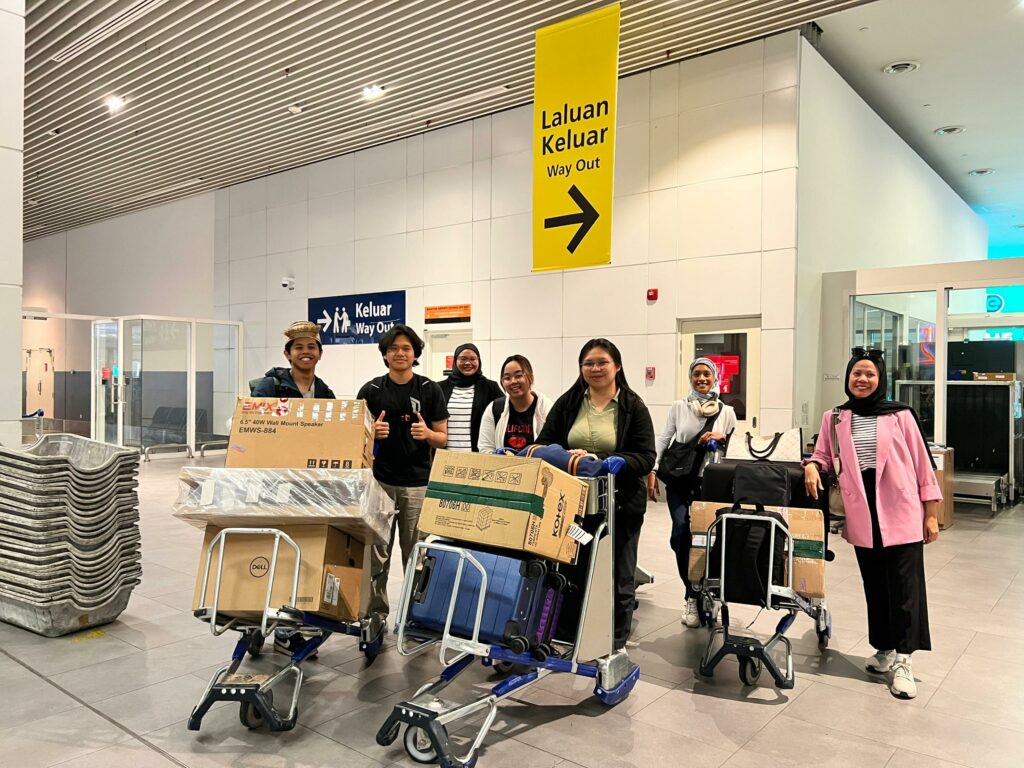
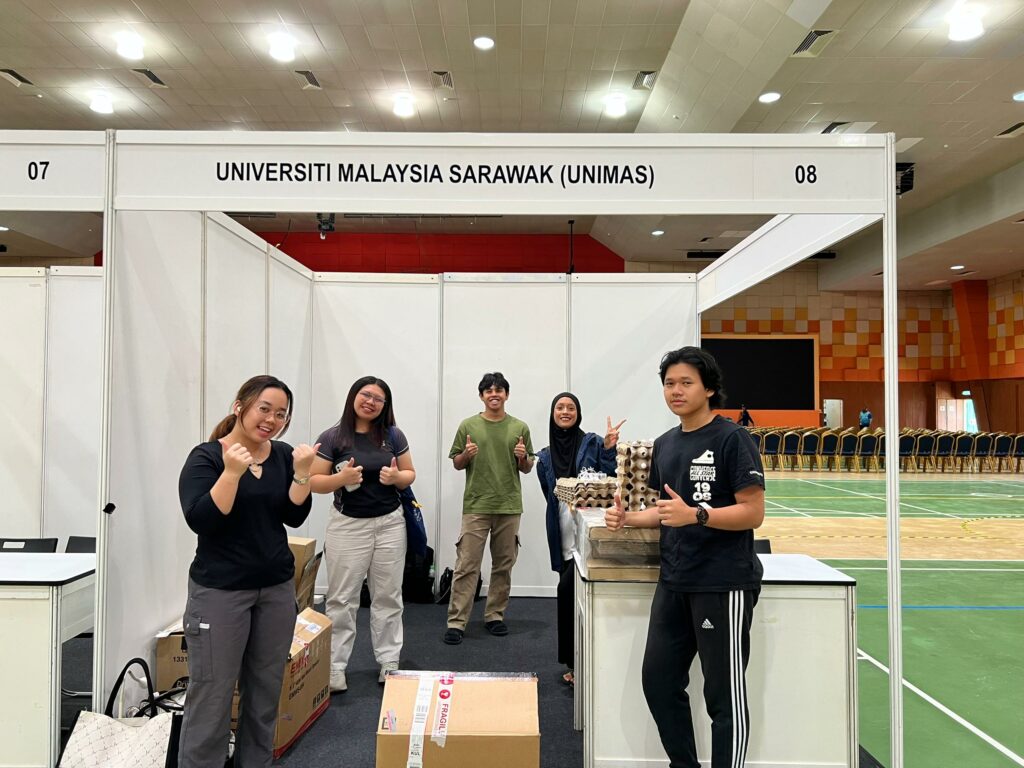
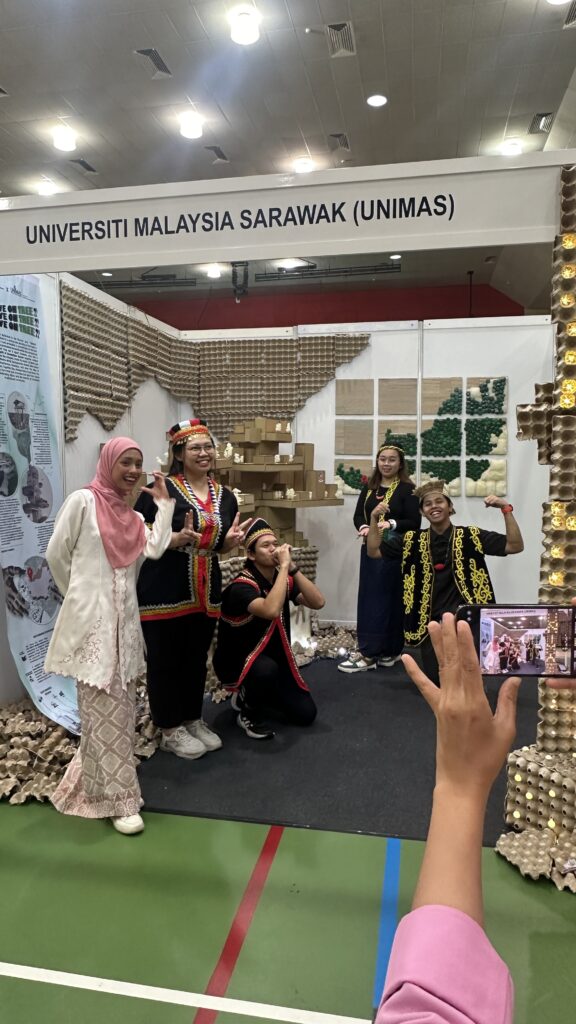
Unlike other participants, who created horizontal site models, our vertical design captured attention and stood out from the competition. Visitors were impressed by the detail, often asking, “How did you bring all of THIS from Sarawak?” Our booth wasn’t just a display—it was a conversation starter, a showstopper.
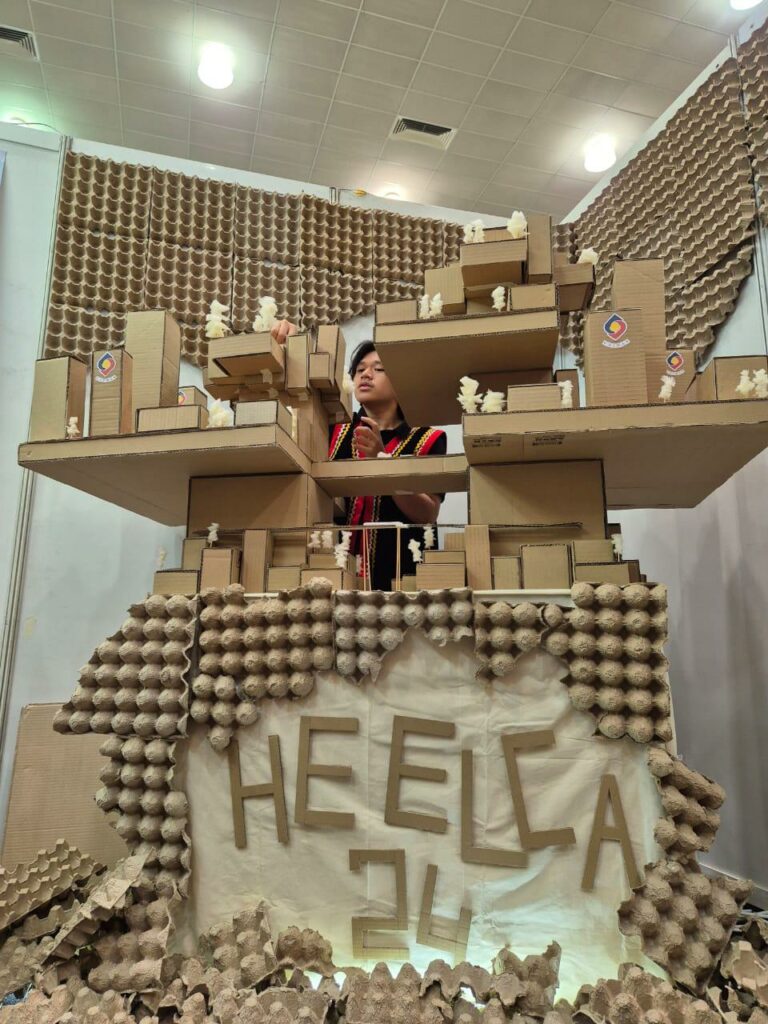
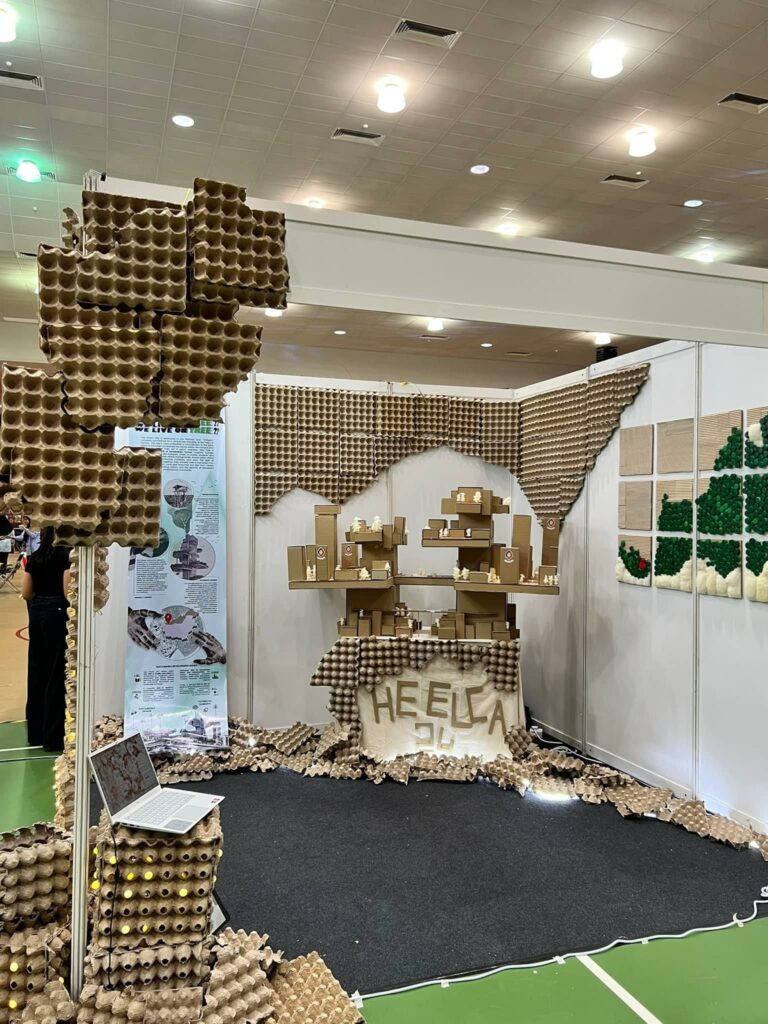
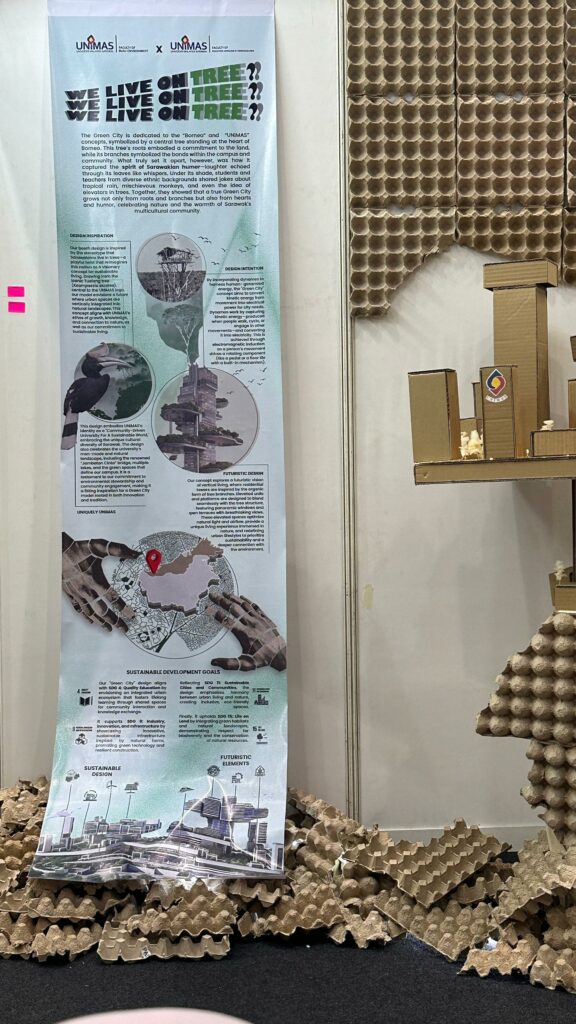
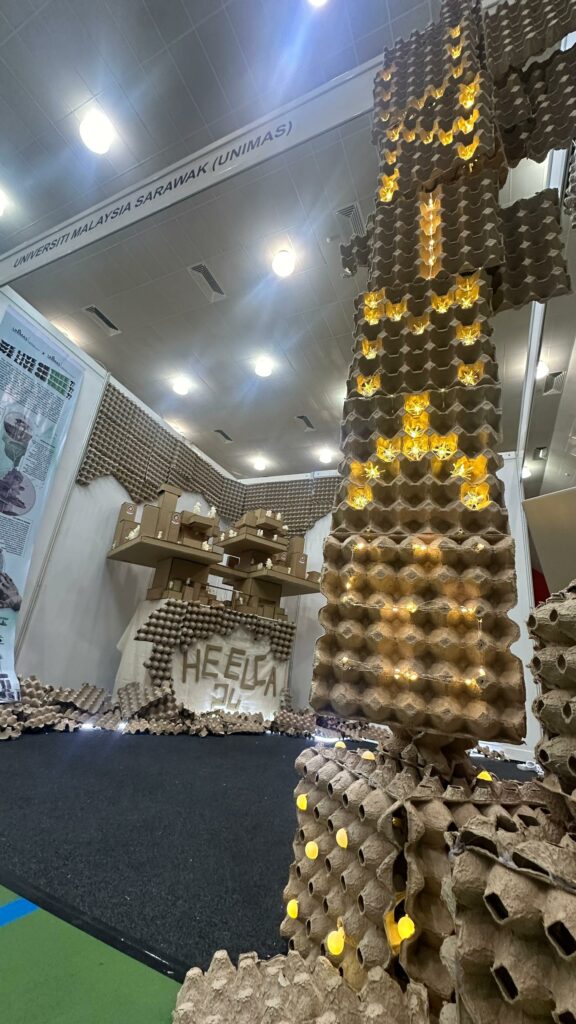
Winning Big
Our hard work paid off as we won two prestigious awards: “The Most Sustainable Booth” and “Best Designed Booth.” On top of that, FELC students also won First Prize in the MoJo (Mobile Journalism) Competition they participated earlier, and Izza Natasya Mohd Yusof was named Best Presenter for her brilliant delivery of our booth and design concept.
This experience was about more than just the awards—it was about showing what UNIMAS can achieve when we collaborate, innovate, and dream big. Together, FELC and FBE proved that sustainability and creativity can go hand in hand, leaving a lasting impression on everyone who saw our work. The collaboration between FELC and FBE exemplifies the power of teamwork in addressing global challenges like urban sustainability.
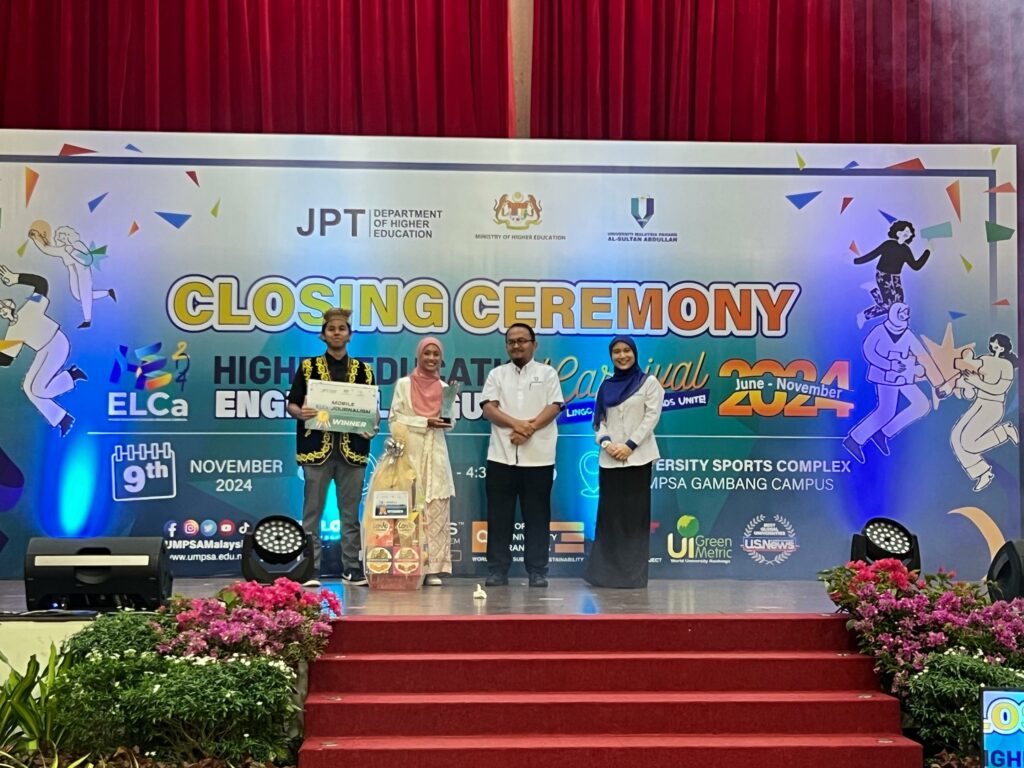
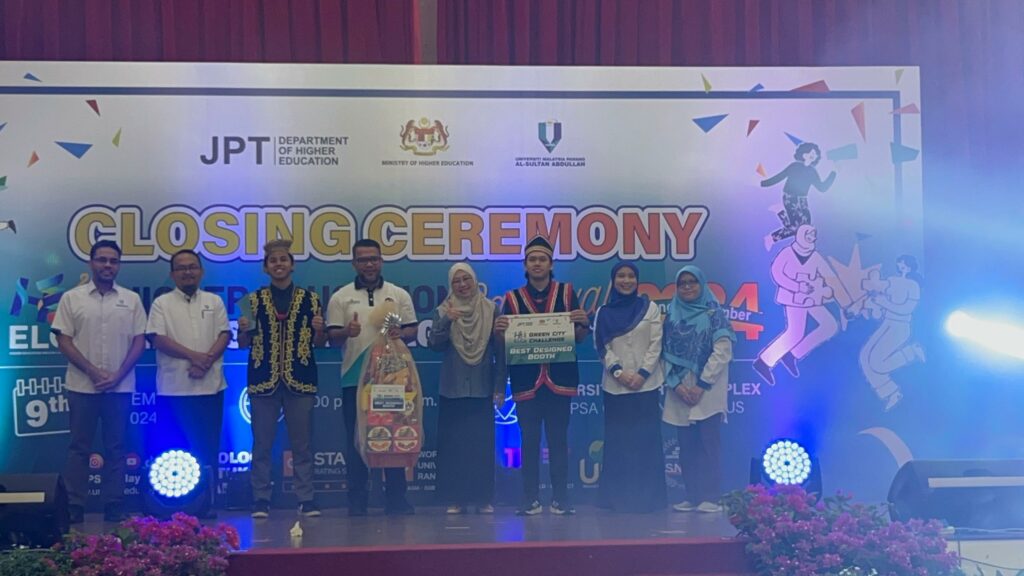
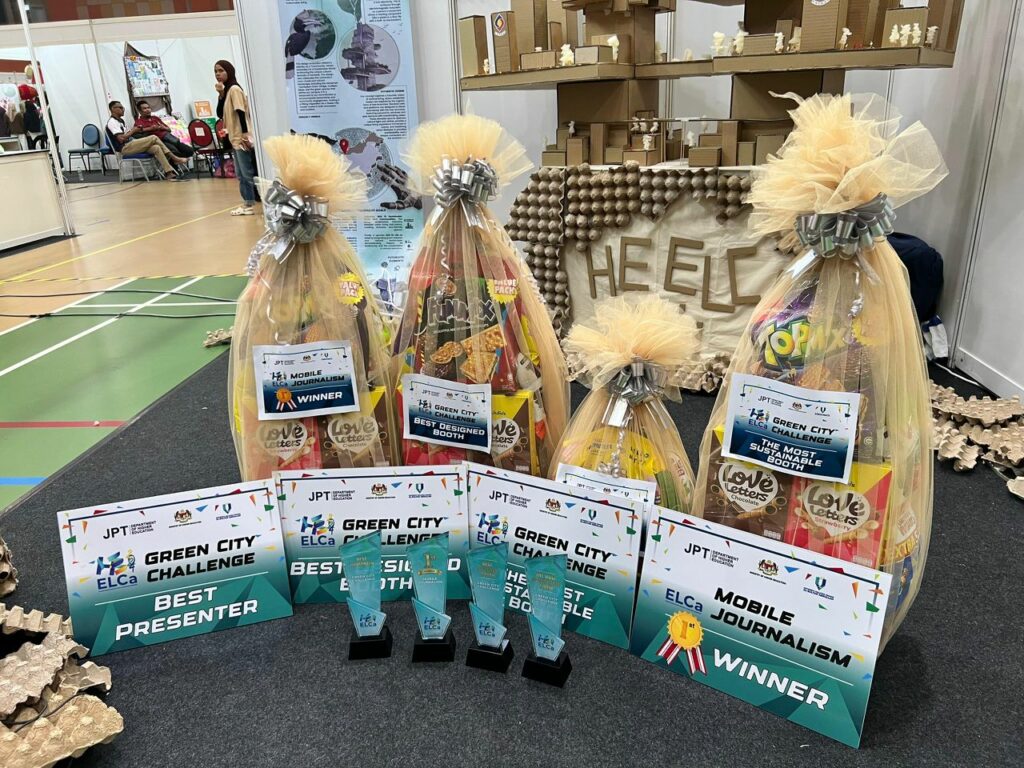
Here is to more interfaculty collaborations in the future!
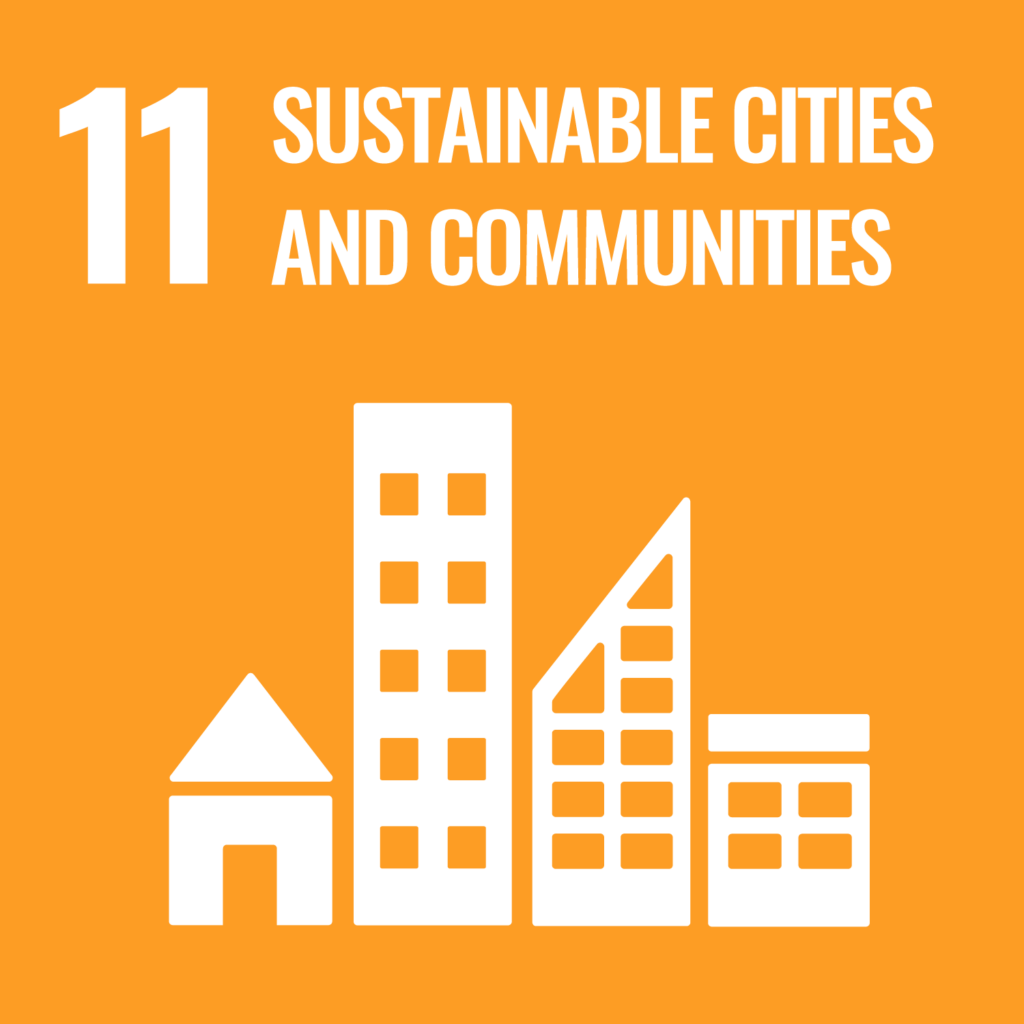
The Green City Challenge supports SDG 11: Sustainable Cities and Communities by promoting sustainable urban design. The booth design showcased a harmonious balance between nature and development, using recycled materials to represent Sarawak’s connection to the environment. Its immersive elements encouraged visitors to envision cities that coexist with nature, emphasizing inclusivity, resilience, and sustainability.
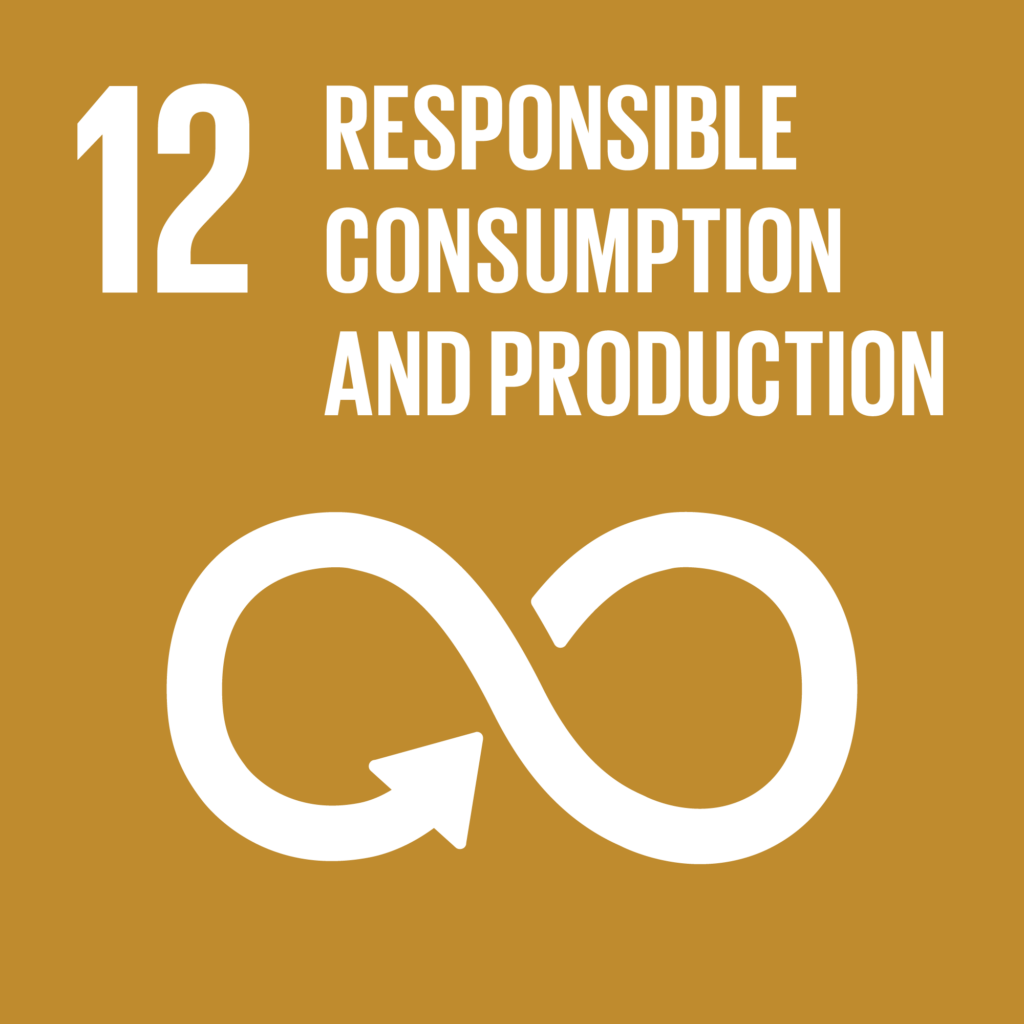
This initiative also aligns with SDG 12: Responsible Consumption and Production through its creative use of recycled materials like egg crates and cardboard. By adopting flat-packed packaging and modular construction methods, the team demonstrated resource efficiency and waste reduction. The project highlighted the importance of sustainable consumption practices, inspiring others to embrace eco-conscious approaches.